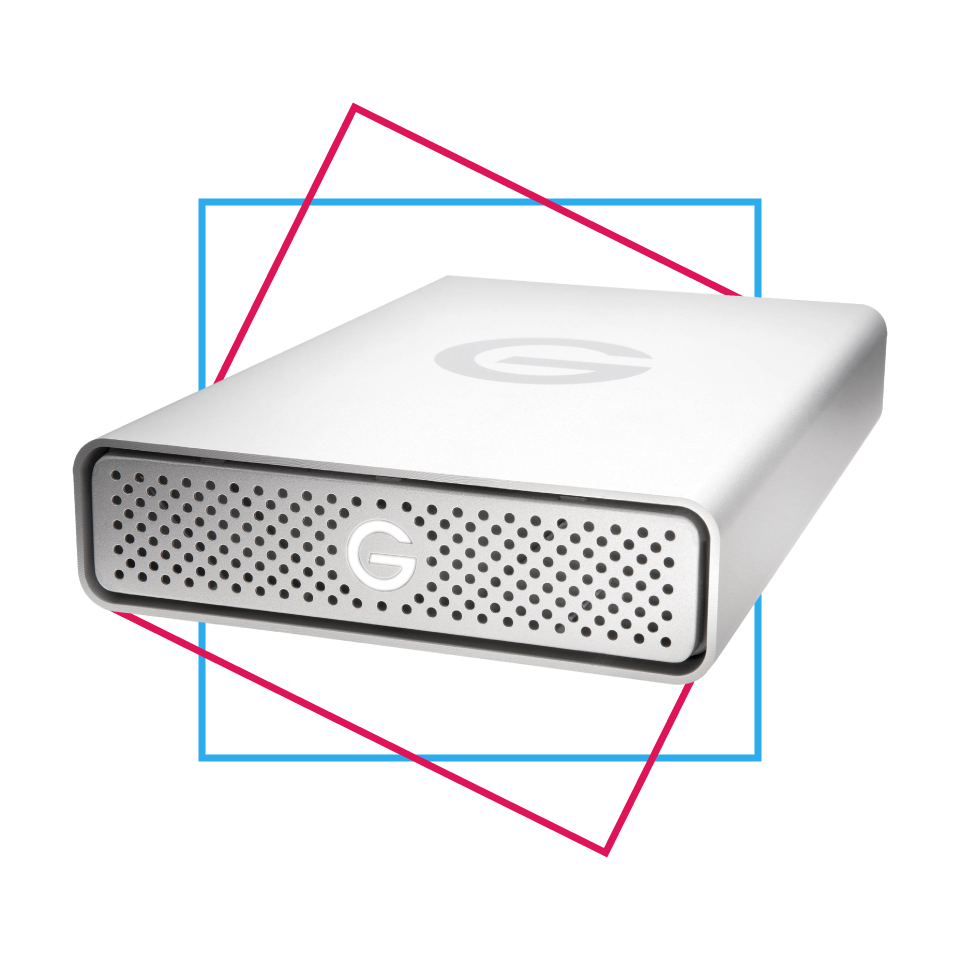

This is still a very common port on portable backup hard drives today. PortsĮxternal drives come with a variety of ports, though they’re gradually consolidating on the Type-C connector. The bottom drive features USB-C or USB Type C. The Orange drive features both a SuperSpeed Micro B and Thunderbolt 2 (mini DisplayPort connector). The second drive features the connector that replaced it: Micro B SuperSpeed. The top drive uses the older, slower Mini-USB interface. To summarize: USB 5Gbps/10Gbps is cheaper and fast enough for most users and applications.

Thunderbolt has always come at a premium. Our recommended portable, the Samsung Portable SSD X5, is also $200 for 500GB of capacity. There aren’t a lot of 2x2 ports out there, but these drives will also work with USB4 at the same 20Gbps pace. Now it's Superspeed USB 20Gbps (Gen 2x2) that’s the high-priced blend, with the Seagate Firecuda Gaming SSD costing $200 for the same 500GB of storage. A SanDisk Extreme Portable SSD that is our runner-up for portable storage can be had for $90 in a 500GB capacity. The good news is that while USB 3.1 Gen 2, which is more than fast enough for most users at 10Gbps, used to be expensive, it’s fairly affordable today. Where Superspeed 10Gbps/20Gbps, USB4, or Thunderbolt will definitely help is with the aforementioned RAID setups, or more likely-an SSD. Don’t worry about Gen 2, 10Gbps, or Thunderbolt with single hard drive enclosures. No hard drive, unless combined in RAID with others, can outstrip the 5Gbps (roughly 500MBps real world after overhead) throughput of USB 3.1 Gen 1. For the sake of brevity (and sanity), we generally shorten those names to USB 10Gbps, or 10Gbps USB, for instance. In an attempt to simplify things, the USB Forum has recently changed the nomenclature to indicate throughput speed-Superspeed USB 5Gbps, Superspeed USB 10Gbps, and Superspeed USB 20Gbps-because performance is a priority for most uses. Beyond that simple statement, the story gets confusing-largely because of the plethora of variations: USB 3.0, USB 3.1 Gen 1 (5Gbps, which is basically USB 3.0), USB 3.1 Gen 2 (10Gbps), and USB 3.1 Gen 2x2 (20Gbps), and now USB 3.2 and USB4. The vast majority of external drives today are USB drives. Remember, if you’re storing important data, you need a backup-online, or if the data is copious, on a second drive. Save your pennies and get one, or two of the larger drives. You may also need the extra space eventually.Īs you can see in the chart above, while the $50/1TB is the most affordable initially, it’s by far the worst deal in terms of cost per TB/GB. The 1TB drive may seem like the best deal, but in terms of price per gigabyte, the 4TB and 5TB drives are far better deals. Keep in mind, this is one drive on one day (May 13, 2021), and just one vendor, Amazon, but it illustrates the point. In fact, dollar for dollar, cheaper low-capacity drives are most often the worst deal.įor example, we compared prices of the WD My Passport portable drive in its 1TB, 2TB, 4TB, and 5TB capacities. However, while you might think that the lowest-cost drive provides the most value, it often doesn’t. Capacity and priceįor most consumers, the main shopping concerns for external storage are capacity and price. Yes, USB4 will provide the same massive throughput as Thunderbolt 3 (with more possibly to come), though without some of the latter’s features, such as daisy-chaining. What you need to know before you buy USB Forum
#BEST WIRELESS BACKUP DRIVE FOR MAC FULL#
See the full review of the Portable SSD X5 on our sister site Macworld. Or you may simply soon see USB4 drives with the same 40Gbps transfer rates. The advent of USB4 should alleviate this, but only if vendors decide to combine it with the superset technology that is Thunderbolt 4. The only reason we don’t universally recommend the Portable SSD X5 is the relative rarity of Thunderbolt 3/4 ports on PCs. As an NVMe SSD using PCIe over a cable (that’s basically what Thunderbolt 3 is), it’s stupidly fast-over 2.5GBps reading and writing. If you have Thunderbolt 3 or 4 on your system, you owe it to yourself to check out a portable Thunderbolt 3 drive such as Samsung’s Portable SSD X5.


 0 kommentar(er)
0 kommentar(er)
